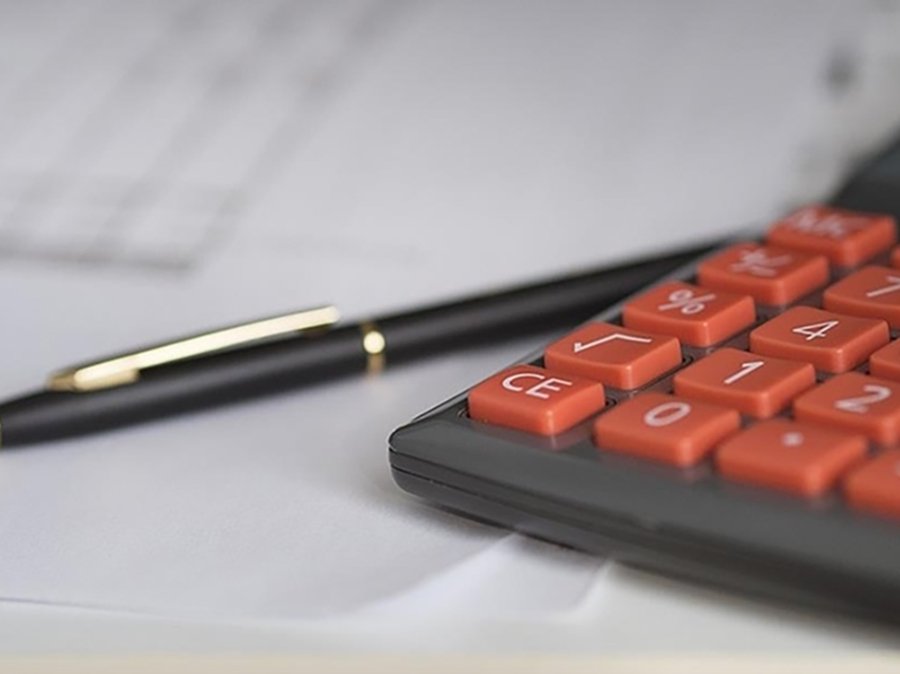читайте также
 Ten Years to a Passport: New Citizenship Rules in Portugal
Ten Years to a Passport: New Citizenship Rules in Portugal
 Top 25 World Economies 2025: Who Shapes Global Growth
Top 25 World Economies 2025: Who Shapes Global Growth
 “Season of Strict Rules”: How Cities Around the World Are Tightening Short-Term Rental Laws — And What It Means for Guests, Hosts, and Investors
“Season of Strict Rules”: How Cities Around the World Are Tightening Short-Term Rental Laws — And What It Means for Guests, Hosts, and Investors
 Turkey to Double the Tax Burden on Landlords
Turkey to Double the Tax Burden on Landlords
 Europe Calls — and Pickpockets Answer: Where Tourists Face the Greatest Risks in 2025 and How Not to Become a Victim
Europe Calls — and Pickpockets Answer: Where Tourists Face the Greatest Risks in 2025 and How Not to Become a Victim
 Thailand to Deport Russians and Crack Down on Visa Runners
Thailand to Deport Russians and Crack Down on Visa Runners
Seasonal Fluctuations in Albania's Rental Market: An In-Depth Analysis

In 2024, Albania’s rental market through Airbnb reached €85 million, nearly doubling compared to 2023, according to Monitor.al. By the end of December, over 21,000 properties were available on the platform.
Experts recall that in 2021, the rental market turnover was only €14 million, with around 5,300 apartments and other residential properties listed in January. The situation has drastically changed in 2024. The highest demand was recorded during summer, particularly in popular locations such as Tirana, Durrës, and Vlorë, which host numerous resorts and beaches. In August 2024, approximately 23,500 rental units were booked on Airbnb, confirming strong seasonal activity. The average rental price during peak season was €81 per day, whereas in winter, such as in February, rates dropped to €43. Average prices range from €40 to €60, with an occupancy rate of 73% in August. This allows an apartment owner to earn around €900–1,360 per month in peak season. However, in December, visitor numbers drop sharply to 26%, reducing monthly earnings to €300–470.
Rental Yield and Market Trends
The rental yield for Albanian property owners renting through Airbnb averages 7–8% annually, as noted in the report. However, this figure depends on the season, region, and property type. High competition in major tourist zones pushes owners to invest in property upgrades and improvements, including renovations and additional services such as free Wi-Fi, beach transfers, or organized tours.
According to Numbeo data as of March 2025, the average gross rental yield in Albania is between 4.77% and 5.53%, with little variation in major cities. In Tirana, the yield stands at 4.44–5.80%. Monthly rental prices for a one-bedroom apartment range from 40,000 ALL (€403) in the suburbs to 50,000 ALL (€504) in the city center. For a three-bedroom apartment, rents vary between 62,300 ALL (€628) in the outskirts and 102,400 ALL (€1,032) in the center.
In Durrës, rental yields range from 5.06% to 5.51%. A one-bedroom apartment in the city center rents for approximately 35,000 ALL (€360) per month, while outside the center, the price is around 27,000 ALL (€272). For three-bedroom apartments, rents are 36,500 ALL (€368) and 51,500 ALL (€519), respectively.
Vlorë offers rental yields of 4.84–5.34%. One-bedroom apartments cost 40,750 ALL (€411) in the center and 41,300 ALL (€316) in other areas. Three-bedroom apartments rent for 37,500 ALL (€378) and 52,500 ALL (€529), respectively.
Growth in Albania’s Real Estate Market
According to Investropa, Albania was once considered a slow-developing real estate market, but the situation has started to change. Experts predict the country’s real estate market will grow at an average annual rate of 5.99% from 2025 to 2029, reaching a total volume of $119.2 billion by 2029.
The residential sector is expected to be one of the fastest-growing segments, with a projected annual growth rate of 6.08% from 2025 to 2029, potentially reaching $104.4 billion by the end of the period. This growth is driven by urbanization, rising incomes, and an influx of foreign buyers.
The commercial real estate market is also expected to expand at a rate of 4.24% annually, reaching $10.85 billion by 2028, fueled by an increase in international corporations and the development of the tourism industry. Office spaces, retail properties, and warehouses are particularly in demand.
Considerations for Investors
Foreign investors should note that purchasing agricultural land in Albania is challenging. Such land can only be acquired with an existing construction permit for up to 350 square meters, or through a legal entity. Experts advise thorough due diligence on transaction legality, property quality, and developer reliability, especially when purchasing in the primary market. Investors should also verify actual rental yields rather than relying on advertised returns and account for additional investments that could significantly impact costs.





